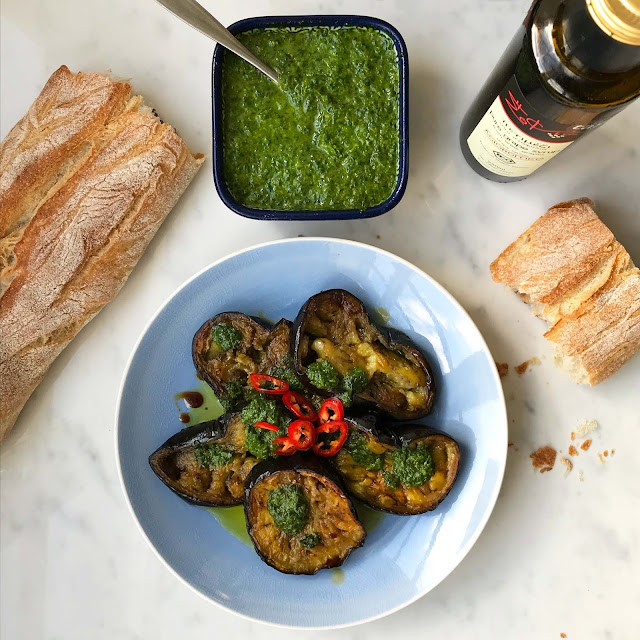A leftover heart of palm and spinach quiche. Tinned or jars of hearts of palm are not as delicious as the fresh ones but they are still good source of nutrient and diversity to add to your cooking. The brined jars of hearts of palm are the most commercially available type worldwide.
As a Brazilian it is a handy way for me to ignite my emotional connection with foods I grew up with. Hearts of palm (palmito in Portuguese) have a unique mild flavour and a tender texture. They have a slightly taste resemblance to asparagus and artichoke.
Hearts of palm are harvested, as the name says, from the heart (inner core) of the palm tree. Unfortunately, some species of hearts of palm (Juçara) have been endangered due to the excessive harvesting of the palm trees. Countries like Brazil, Costa Rica and Ecuador where most of their production are have switched to another palm tree species (pupunha and açai) to save Juçara from extinction.
Yesterday, I was cleaning the fridge up and had some ingredients on the cusp of going off. So, I decided to put them together and made what I called leftover quiche. Hearts of palm can be eaten by itself - as an appetizer with a drizzle of extra-virgin olive oil - scattered in salads and pizzas, mixed in a risotto, grilled and many other ways.
Unfortunately, I didn’t measure the filling ingredients – As for the pastry I had some homemade in the freezer. I will come back with a recipe in future.
Hearts of palm are natural sources of minerals like calcium, Iron and potassium. They contain fibre that are important for your gut health and are also rich in vitamins A, B6 and C. When using the tinned option, I recommend rinse them to get rid of the additional sodium that is used to preserve them.
The quiche was not only good for my body but it was also satisfying to my emotional health too. Plus, there was no waste on sight as I used every single ingredient needed to be used in the fridge. That is what I call a healthy meal.
You can either use a store-bought pastry (great to have for those last-minute meals) or if you want to make your own, I suggest you to google for the Chez Panisse short crust recipe.
But here is how I made the filling:
1 shortcrust pastry
2 tbsp, extra-virgin olive oil
2 small onions, diced
2 garlic cloves, sliced
2 spring onions, chopped
2 handfuls of baby spinach
1 can of heart of palm, drained and sliced
200g ricotta
100g full fat yoghurt
1 teaspoon Dijon mustard
3 eggs
A small handful parsley, chopped
Salt and pepper
Method
Preheated oven to 200C
I first prepared the base for the quiche pressing the pastry into the edges of the quiche tin - I don’t do it very uniform., I quite like leaving the edges uneven.
I placed a piece of parchment paper over the pastry, then filled it with ceramics baking beans or lots of dried beans or rice.
If you are using a ready-made pastry just follow the method as per package instruction.
I baked the base for approximately 15 minutes. I removed the the tin out the oven, turned the temperature down to 180, removed the hot ceramic beans out.
I returned the tin back to oven for 5-10 more minutes or until the base is light golden. Remove pastry from oven and let it rest.
In a small pot I heated the extra-virgin olive oil and added the onions and garlic cloves. Fried them in olive oil until gold colour.
Added the chopped spring onions and cooked for 2 more minutes.
Turned the heat off. Added the spinach, mixed well and seasoned with salt and black pepper. The spinach will wilt but it won’t become soggy.
I drained the heart of palm, rinsed, dried, sliced and reserved them.
In a separate bowl, I mixed the ricotta, yoghurt, eggs, Dijon mustard, fresh parsley salt and pepper. Then, I added the spinach, onions and garlic and mixed gently. Finally, I added all but about 12 slices of heart of palm and once again, mixed all very gently.
The filling was ready to be poured inside the pastry base. I then returned the quiche tin to the oven and let it bake for about 40 minutes. To check if it is done, stick a sharp knife blade into the centre of the filling and if it comes out clean your quiche is ready.
I like to leave it to rest for 20 minutes. Then I serve the quiche with some seasoned salad.
Enjoy!













